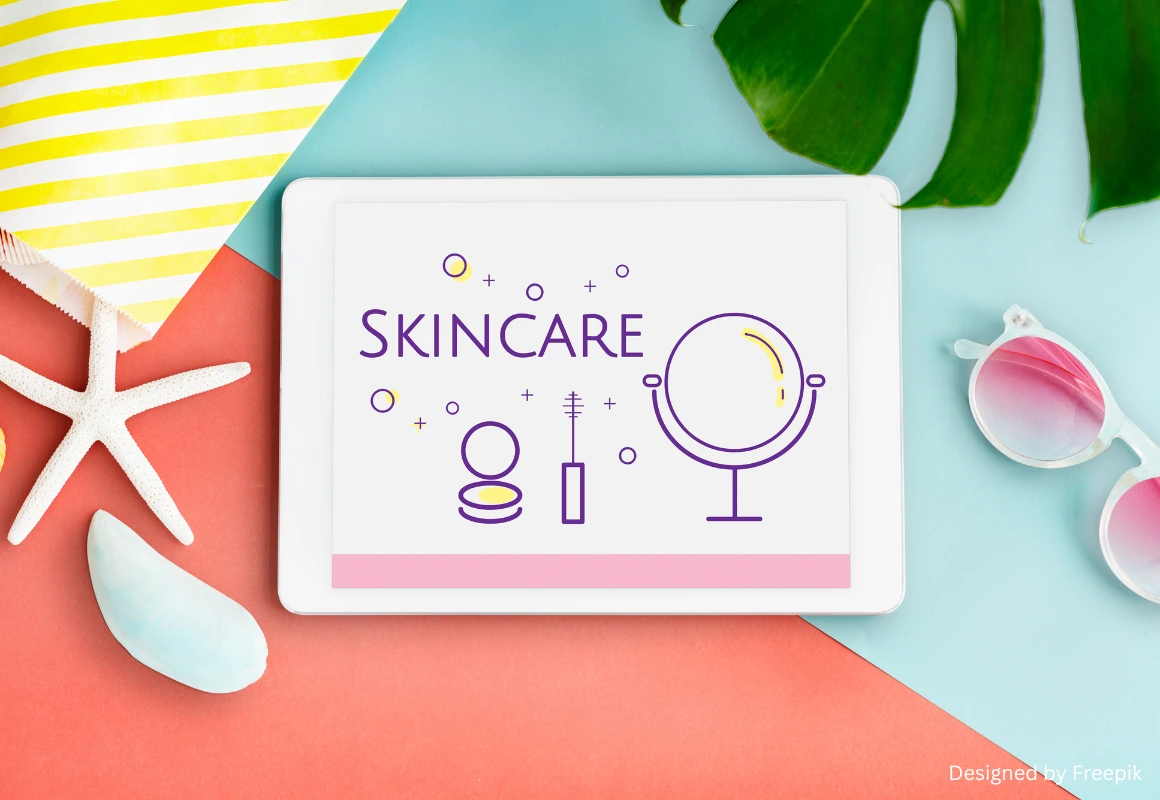What should you consider when choosing good skincare?
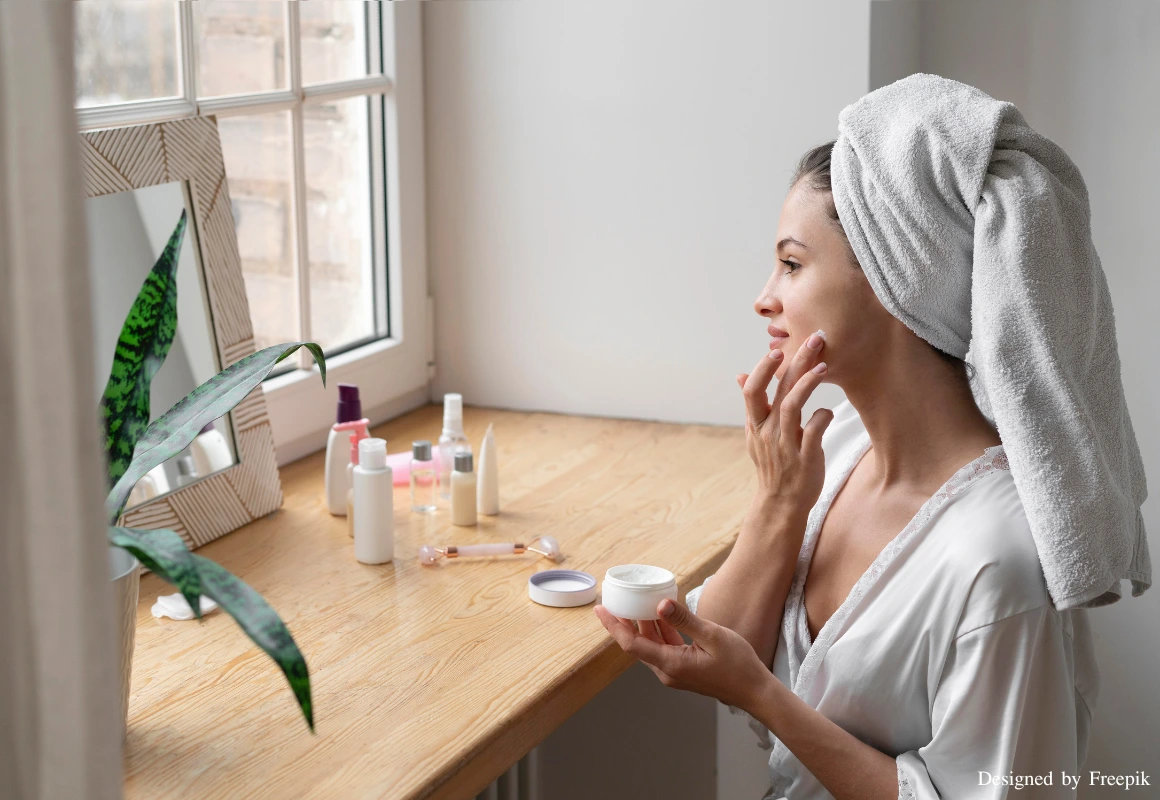
Know your skin type thoroughly first
Before buying any skincare, the first question to ask yourself is, “What is my skin type?”
Many people buy creams based on reviews or friends’ recommendations without knowing what their skin actually needs. The result? Breakouts, irritation, or no noticeable effect, because each skincare product is designed for different skin types.
Here are the main skin types:
● Oily Skin
Your face produces excess oil throughout the day, especially in the T-zone (forehead, nose, chin).
Causes: Overactive sebaceous glands or washing your face too often, stripping moisture and causing more oil production.
Common problems: Clogged pores, blackheads, inflamed acne, enlarged pores.
Suitable skincare: Lightweight gel or lotion textures, oil-free formulas, Salicylic Acid, Niacinamide to control oil.
● Dry Skin
Produces little oil, skin often feels tight and flaky after cleansing.
Causes: Weak skin barrier allowing moisture to escape easily, or thinning skin due to aging.
Common problems: Fine lines appear early, irritation, dullness.
Suitable skincare: Rich creams with Ceramide, Shea Butter, Squalane, Hyaluronic Acid to deeply hydrate and lock in moisture.
● Combination Skin
Very common among Asians. Oily in the T-zone but dry on the cheeks.
Suitable skincare: Balancing products – use light gel moisturizers in the morning, and heavier creams on dry areas at night.
● Normal Skin
Balanced, not too oily or dry, but still requires maintenance to prevent issues like aging and dullness.
● Sensitive Skin
Easily irritated, red, itchy, or develops rashes when exposed to certain ingredients like fragrance or alcohol.
Suitable skincare: Hypoallergenic products without fragrance or alcohol, containing soothing ingredients like Allantoin, Centella Asiatica, Panthenol.
💡 Tip:
If unsure, wash your face with a gentle cleanser and wait 30 minutes without applying anything. If it feels very tight, you have dry skin. If it becomes oily quickly, you have oily skin. If some areas are oily and others are dry, you have combination skin.
Understand ingredients – don’t just buy for the brand
Ingredients are the heart of skincare. Learning about them helps you choose confidently without being misled by advertising.
Why read the ingredients?
● They tell you what problems the product targets.
E.g. Vitamin C for dark spots, Retinol for wrinkles, Salicylic Acid for acne.
● They show if the product has potential irritants.
E.g. Alcohol, fragrance, parabens can cause irritation in sensitive skin.
● They indicate concentration levels since ingredients are listed from highest to lowest amounts.
E.g. If Hyaluronic Acid is at the end, it means it’s only in small amounts.
Key ingredients to know:
💧 Moisturising:
Hyaluronic Acid, Glycerin, Ceramide, Squalane
💡 Brightening:
Vitamin C (Ascorbic Acid), Niacinamide, Alpha Arbutin, Licorice Extract
💪 Anti-aging:
Retinol, Peptides, Collagen, Bakuchiol
🧼 Exfoliating:
AHA (Glycolic, Lactic Acid), BHA (Salicylic Acid)
🌿 Soothing:
Centella Asiatica, Allantoin, Panthenol
💡 Tip:
Check ingredient functions and safety on websites like INCIDecoder or CosDNA. If you see an irritant your skin reacts to, avoid it.
Product pH matters more than you think
Our skin’s pH is around 4.5-5.5 (slightly acidic) to protect against bacteria and pollutants.
⚖️ If pH is too high (alkaline):
● Damages the acid mantle (skin’s protective barrier)
● Causes dryness, tightness, flakiness
● Triggers irritation and may cause acne due to overproduction of oil to compensate
⚖️ If pH is too low:
● Also causes irritation, especially with strong acid exfoliants like Glycolic Acid
💡 Tip:
● Choose cleansers, toners, serums, and moisturizers with pH close to skin’s natural range (4.5-6)
● Physical sunscreens usually have a skin-friendly pH, but patch test first
● If the brand doesn’t disclose pH, check user reviews or ask them directly
Choose based on your real skin concerns, not trends
Ads can be tempting, but if the product doesn’t address your actual skin issue, it’s a waste of money.
Choose by problem for best results:
● Clogged pores, acne:
Gentle cleanser + BHA (Salicylic Acid) + lightweight moisturizer + non-comedogenic sunscreen
● Dark spots, uneven skin tone:
Vitamin C, Alpha Arbutin, Licorice Extract, Tranexamic Acid
● Dry, dehydrated skin:
Ceramide, Hyaluronic Acid, Squalane, Shea Butter, natural oils
● Wrinkles, sagging skin:
Retinol, Peptides, Collagen, Niacinamide
● Redness, sensitive skin:
Centella Asiatica, Allantoin, Panthenol, fragrance-free and alcohol-free products
💡 Tip:
Write down “What is my main skin problem?” before shopping online or in-store to stay focused.
Pick texture and scent that suit your skin and mind
Skincare is both skin care and self-care. Texture and scent are just as important as ingredients.
Texture suitable for each skin type:
● Oily Skin: Light gel or lotion, absorbs quickly without stickiness
● Dry Skin: Rich creams or balms with occlusives (e.g. Petrolatum) to lock in moisture
● Combination Skin: Light layers in the day, thicker cream on dry areas at night
● Sensitive Skin: Lightweight, fragrance-free, color-free, and alcohol-free products
Scent matters too.
Fragrance may smell refreshing but can cause rashes or breakouts in sensitive skin. If you have sensitivities, choose fragrance-free options.
💡 Tip:
If testers are available, assess in 3 steps:
● After 30 seconds (absorbs well? sticky?)
● After 30 minutes (greasy?)
● After 4-6 hours (clogged pores or acne?)
Evaluate price and value for long-term use
Don’t always believe “cheap and good” or “expensive is the best.”
How to assess value:
● Compare volume (ml, g) to price
● Check concentration of active ingredients
● See if the brand has manufacturing standards (GMP, dermatologist-tested)
● Read user reviews, look for before-after photos or in-depth experiences
💡 Tip:
For Vitamin C and Retinol, smaller bottles are better since they expire quickly after opening.
Try patiently and observe results
Skincare results take time.
⏳ Recommended evaluation periods:
● Moisturizers: Immediate to 1 week
● Exfoliants, acne treatments: 2-4 weeks
● Anti-aging, dark spot products: 6-12 weeks (depending on ingredient and concentration)
❌ If irritation occurs:
● Itching, burning, redness, rash, or unusual breakouts – stop using immediately
● Rinse off with plain water, and consult a dermatologist if symptoms persist after 1-2 days
💡 Tip:
Introduce new products one by one to identify any allergic reactions. Using multiple new products at once makes it hard to pinpoint the cause.
● Mayo Clinic. Skin care: 5 tips for healthy skin
● Healthline. How to Build a Skin Care Routine
● Paula’s Choice. What Is My Skin Type?
● The Derm Review. Understanding Skincare Ingredients
● Journal of Dermatological Science. (2018). Skin pH: From basic science to basic skin care.
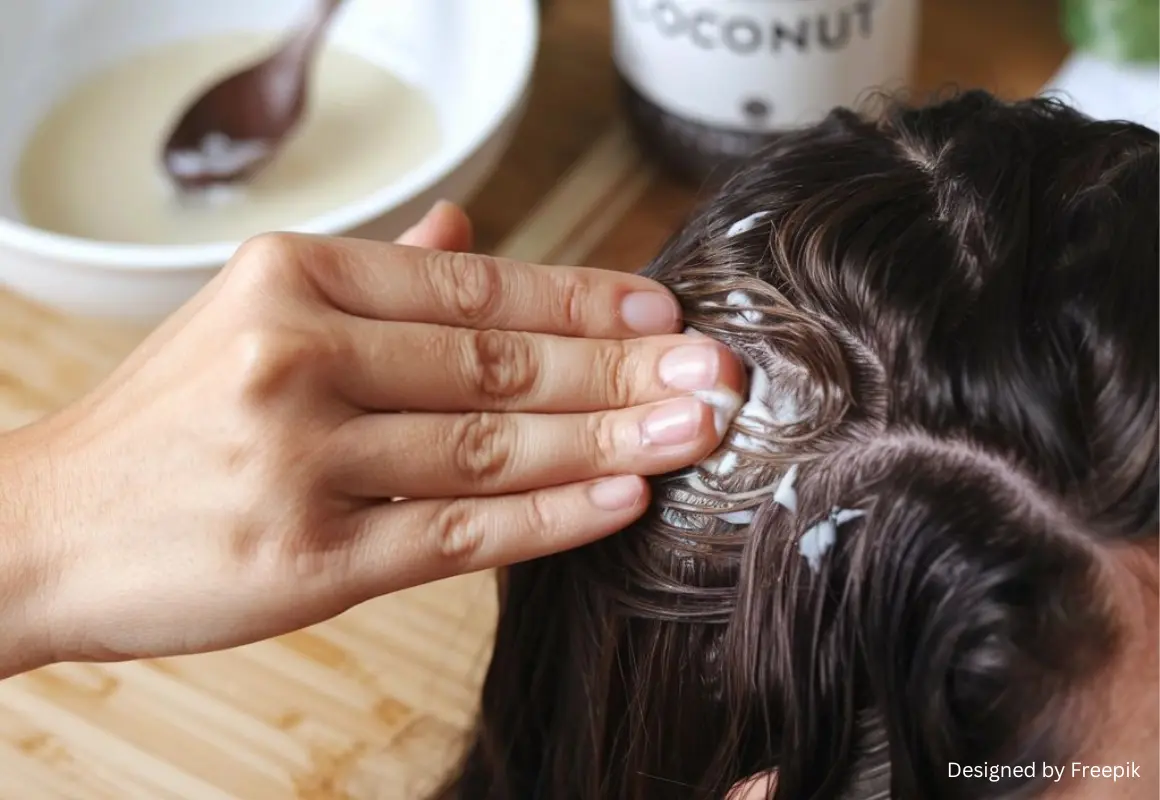

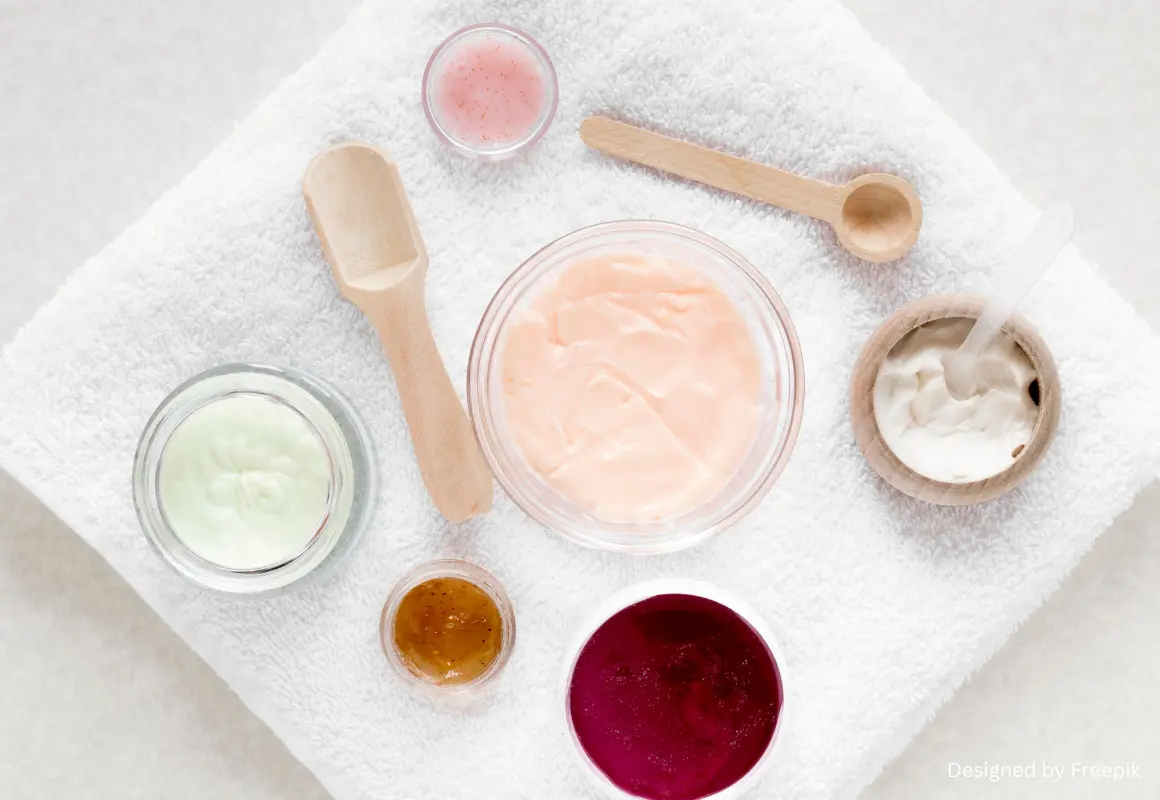



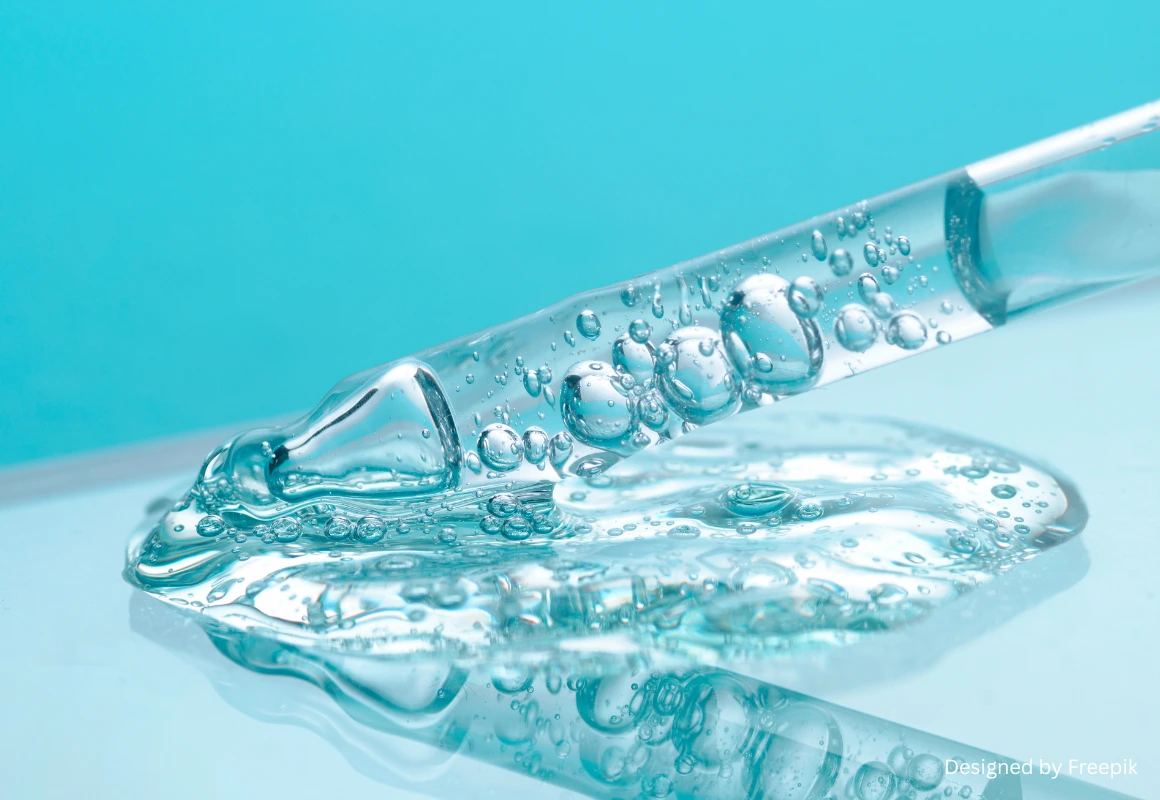
.webp)

